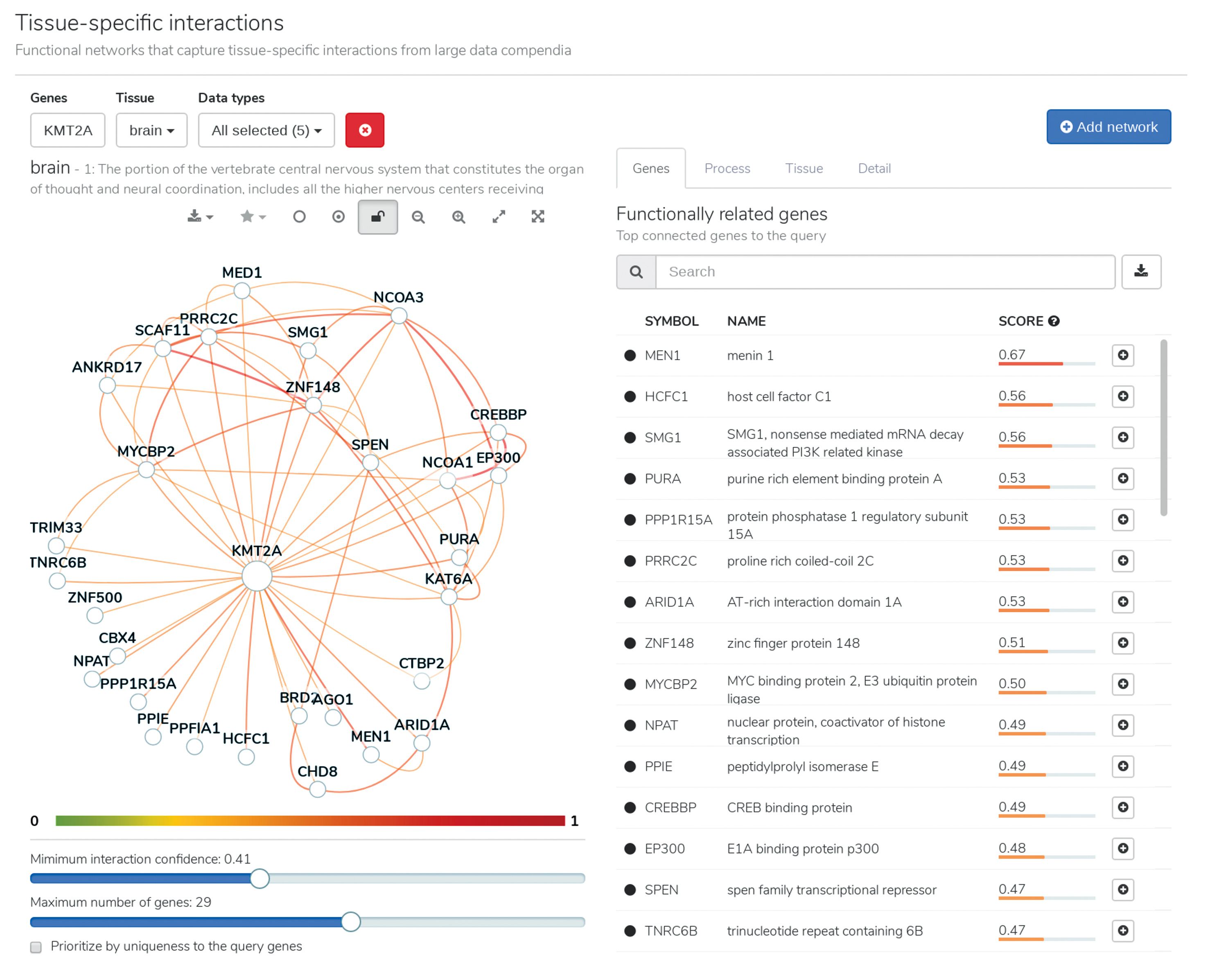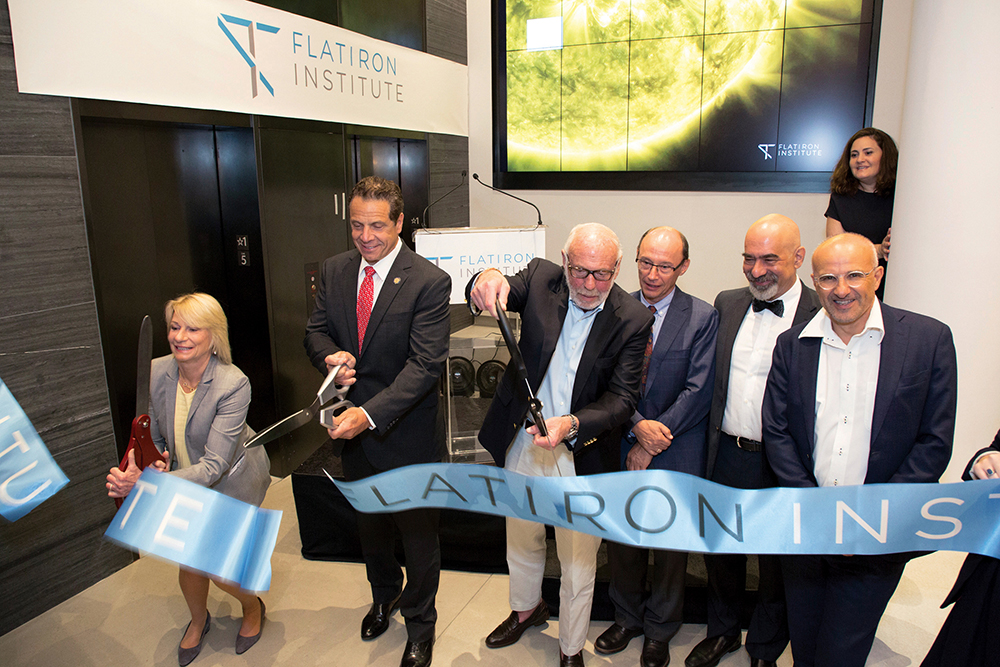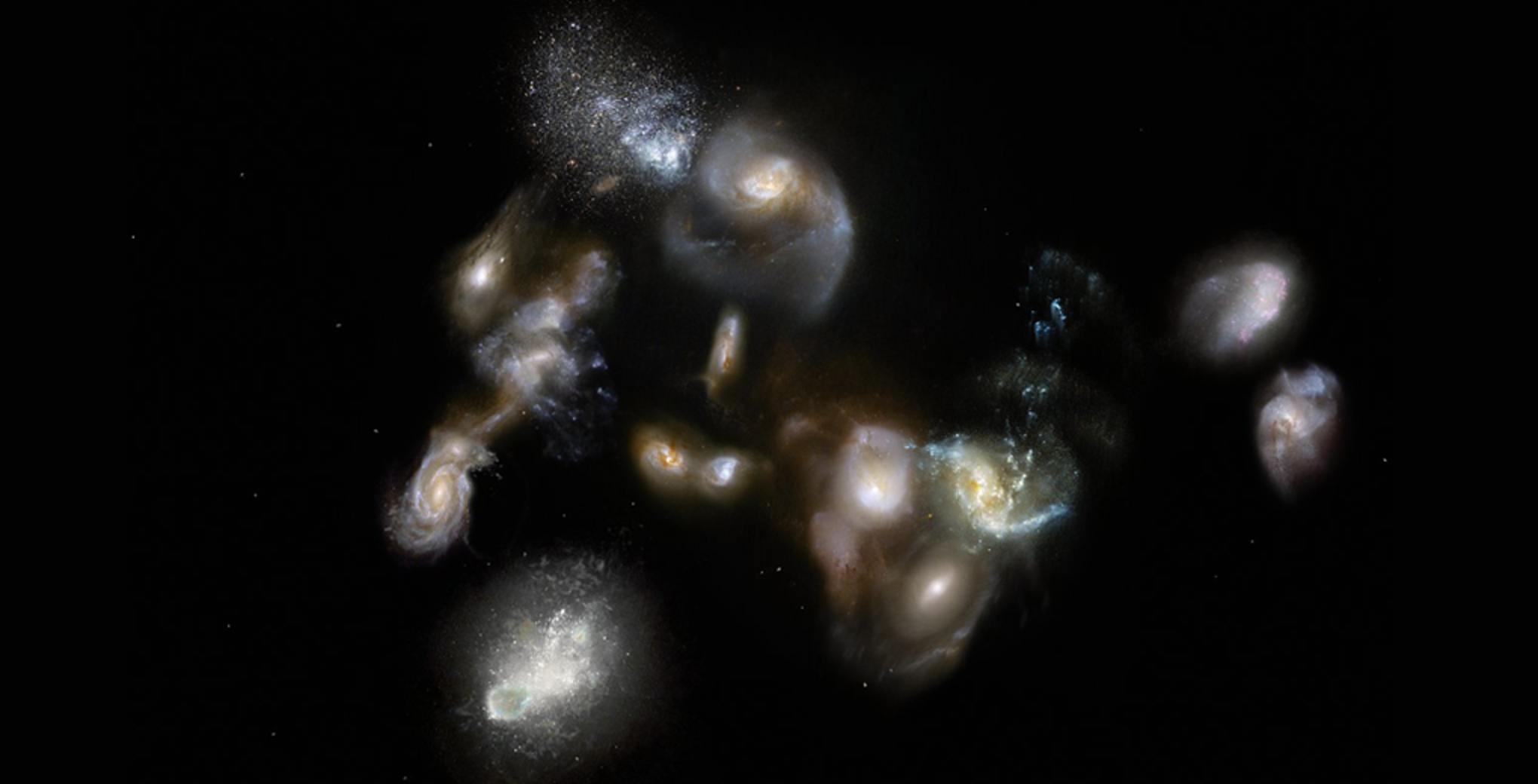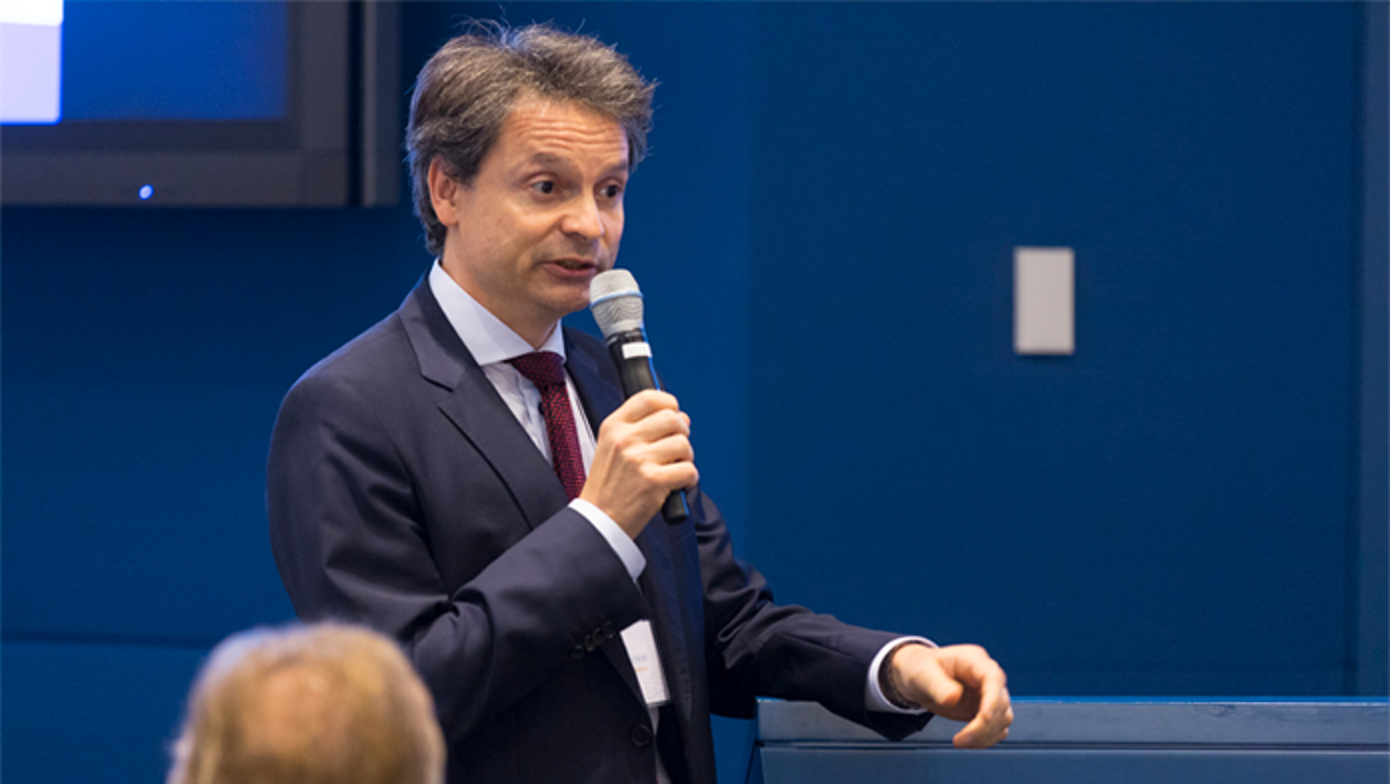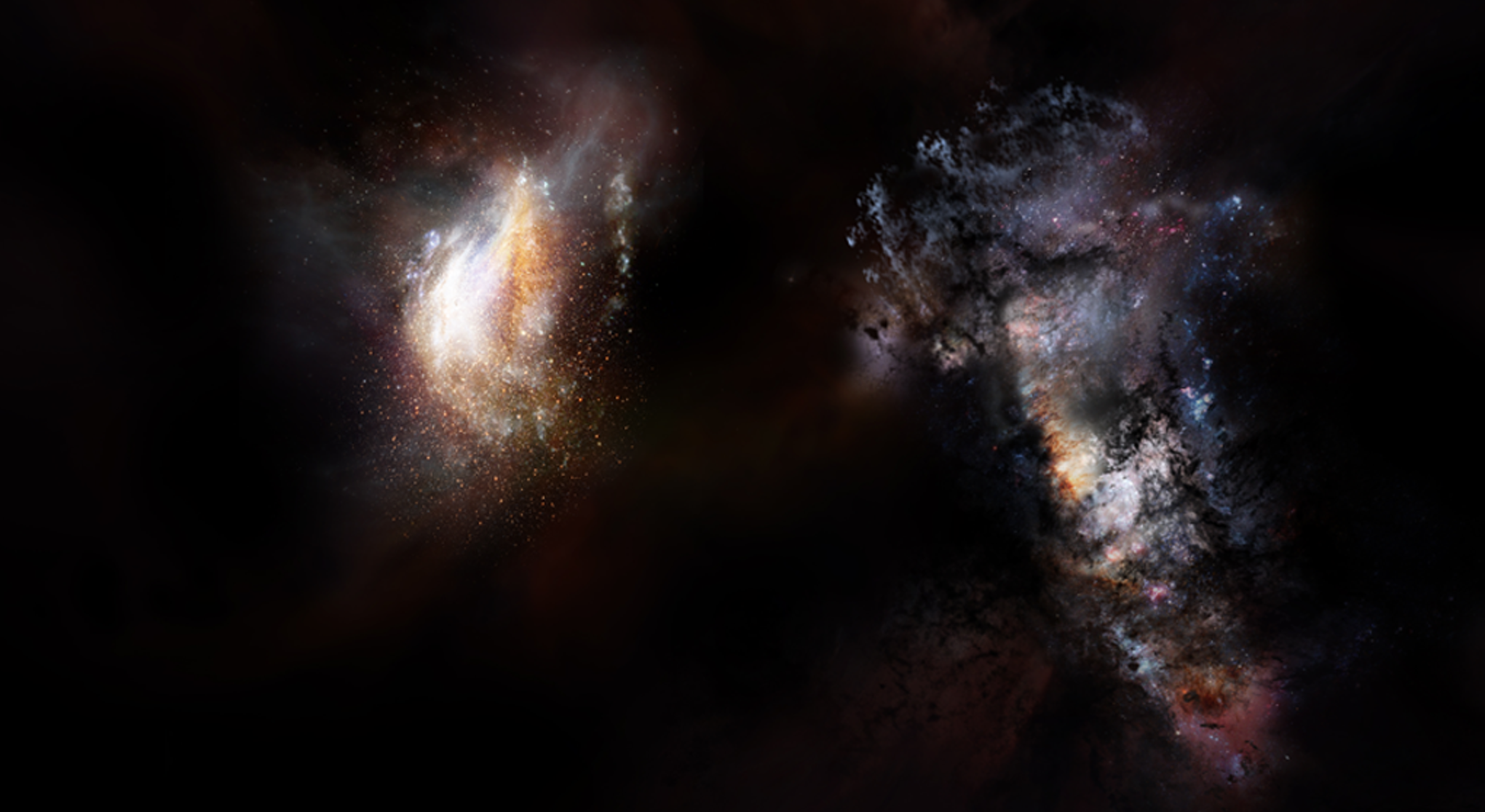
Simons Collaboration On The Origins Of Life
Simons Foundation, June 2018Roughly 4 billion years ago, the early Earth was an unfamiliar world. Large-impact craters pitted the planet’s surface, the sun glowed dimly, and the atmosphere was almost entirely devoid of oxygen. Yet from this extreme environment, the oldest known evidence of life appeared: Mound-like structures built by microbial communities, crystals containing isotopic traces of biological activity, and microfossils embedded in ancient rocks all hint at when the first earthlings emerged. But how Earth went from lifeless to lush remains uncertain.
Article for the Simons Foundation 2017 annual report.
